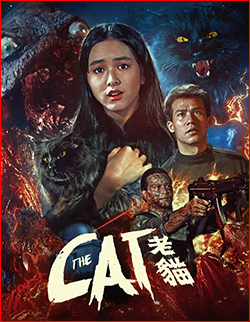 Li Tung is sleep deprived and near a mental breakdown from the constant noise his neighbor is making, hammering all night. He decides that enough is enough, time to deal with this noisy neighbor! He confronts the man, and when getting a little peek into his neighbor’s apartment, Li Tung notices that there’s a beautiful young woman inside, holding a fluffy black cat. Aww. The next day, Li Tung witnesses his neighbors departing in a moving van. Well, at least now he can get some peace and quiet at night.
Li Tung is sleep deprived and near a mental breakdown from the constant noise his neighbor is making, hammering all night. He decides that enough is enough, time to deal with this noisy neighbor! He confronts the man, and when getting a little peek into his neighbor’s apartment, Li Tung notices that there’s a beautiful young woman inside, holding a fluffy black cat. Aww. The next day, Li Tung witnesses his neighbors departing in a moving van. Well, at least now he can get some peace and quiet at night.
Curious, he decides to enter the ex-neighbor’s empty apartment, only to notice it’s…not so empty, after all. There’s a pile of newspaper on the floor…bloodied. Underneath he discovers what appears to be human guts, and he freaks out and calls the police. Plot twist: the police deducts that they were not from a human, but fresh cat intestines. And then they laugh at silly Li Tung for the false alarm. Uhm…encountering a pile of cat intestines in an apartment is a laughing matter…? What the actual fuck.
Li Tung is then having dinner with police inspector Wang Chieh-Mei, the adventure novelist Wisely, and his partner Pai So. Wisely is convinced that the girl and her black fluffy cat are aliens. And who are they, exactly? Wisely has no proper clue (yet) but we learn that the girl and the cat who is called The General are indeed aliens, and the man with them is Errol, the girl’s protective knight. They need to obtain some octagonal artifacts which will help them defeat “The Star Killer“, which is a large, fungus-blob monster with some kind of electricity superpower. The problem is: these octagons are in museums, so they need to steal them…and The Star Killer tries to hunt them down while killing everything that stands in its way in the most gruesome ways possible, zombiefying them in the process and taking control over their bodies, making them its minions. Wisley might be the only one who can help the aliens…

The Cat (衛斯理之老貓 Wèisīlǐ Zhī Lǎomāo, lit. “Wisely’s Old Cat“), aka The 1000 Years Cat, is a Hong Kong science-fiction action horror film from 1992. It was directed by Lam Ngai Kai (known for Riki-Oh: Story of Ricky which we have yet to see but looks just as bonkers as this one), and based on a novel called Old Cat which is an installment in the Wisely series by Ni Kuang, which consists of sci-fi adventure novels with the character Wisely as the protagonist. Ni Kuang actually has a cameo in this film, as a dog owner named Mr. Chen.
If you want some crazy Hong Kong sci-fi action horror, then look no further. The Cat delivers and more than lived up to our expectations! An extraterrestrial feline with kung-fu powers that aids a pretty alien girl in battling a cosmic blob monster that turns its victims into controlled zombies? Yeah, you already know you’re in for a ride! Whenever the fluffy black cat is on screen, you know there will be some pure goodness to witness. It’s either something totally cheesy (like the scene where the girl and the cat are “playing around“ by levitating around in the street), something cute like the cat snuggling the actress, or there’s some wild creature feature effects mostly followed by even wilder gore scenes. The cute and the macabre in such a balanced unison!
As the story progresses, and Wisley teams up with the aliens, The Star Killer manages to control even more bodies. One of The Star Killer’s controlled bodies is that of the cop Wang, who turns on a full Terminator-mode and gets himself a load of guns and blasts the hell out of everything. As if this wasn’t wild enough we also get a scene at the end of the movie with some of the craziest giant blob monster effects, where our protagonists are on the rooftop to fight it off.
If you’re still not sold in on this movie, then at least watch it for the most legendary fight scene in all of movie history. Yes, I’m talking about the Cat vs. Dog fight. I’m even struggling with how in the hell I could possibly describe this scene and make you realize just how intensely insane it actually is, but no…you just gotta see it for yourself. And it was just as hard to pull off this fight scene as it looks…it took a whole six months to complete it, with seven trained cats. The special effects director who was originally hired to create these scenes was fired after just three days due to animal endangerment, and instead they got Japanese effects artist Shinji Higuchi onboard.
The Cat is a wild ride with so many insane and crazy elements that the day after watching it you may find yourself wondering if you just dreamt up the entire thing. It’s really that bizarre. From the one crazy scene to the other, with puppetry, inspired practical effects, absurd fight scenes and overall cozy tone that adds to the already bizarre vibe, this movie is sure to stick with you as one of the weirdest things you’ve witnessed.
The Cat is available on 2K restored blu-ray from 88 Films.

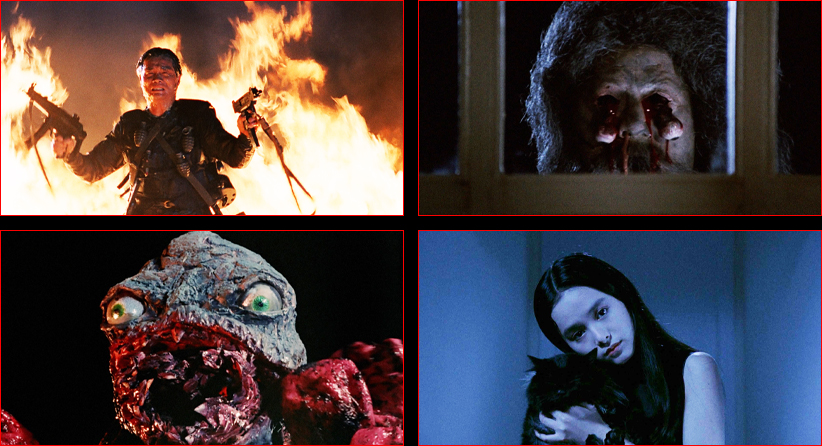
Director: Ngai Choi Lam
Writers: Gordon Chan, Hing-Ka Chan, Kuang Ni
Original title: Lo mau
Country & year: Hong Kong, Japan, 1991
Actors: Gloria Yip, Waise Lee, Christine Ng, Yee Cheng, Yuk-San Cheung, Liang Chiang, Lam Chua and a big solid black fluffy cat
IMDb: https://www.imdb.com/title/tt0105796/
![]()
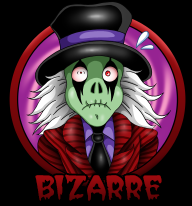
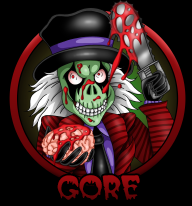
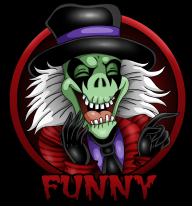


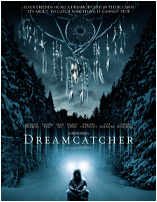

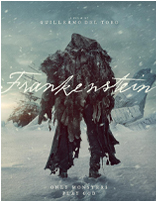
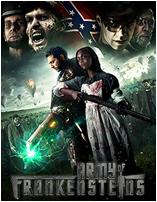


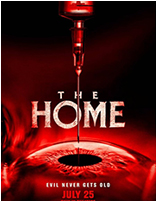


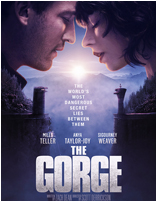
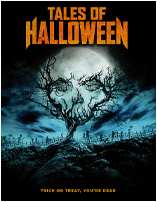
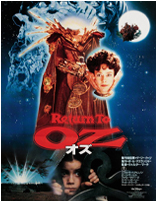












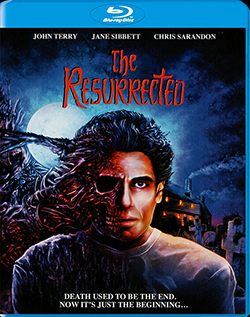



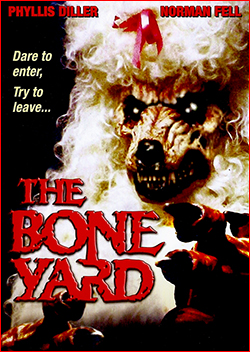



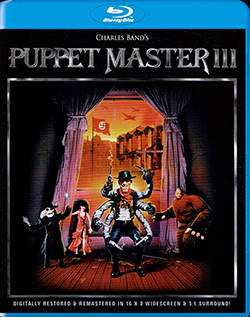



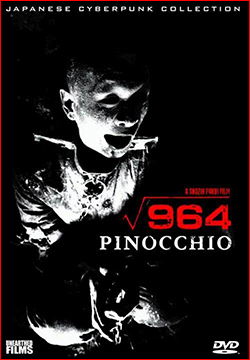


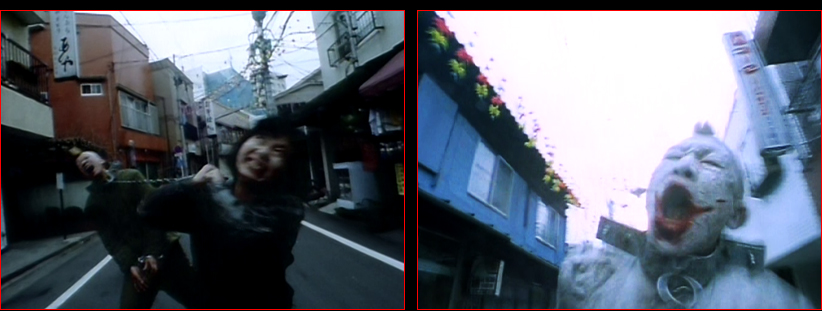
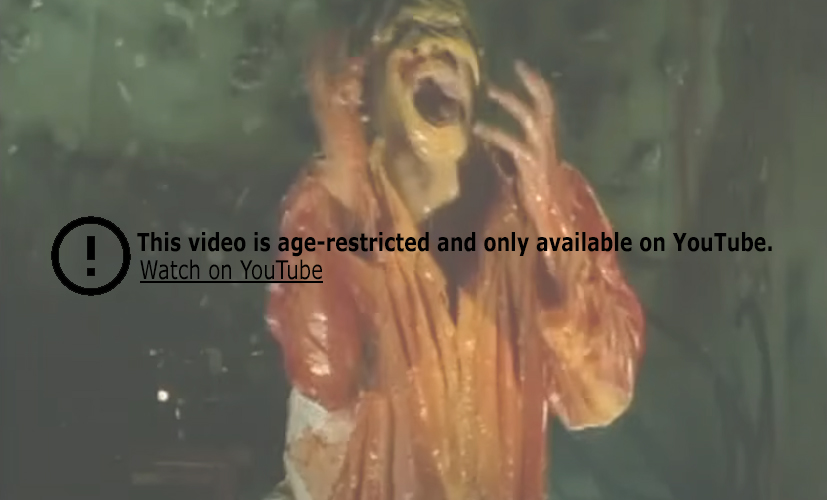
 Charlie (Chad Lowe) and his girlfriend Rachel (Kristy Swanson) is on their way to Las Vegas to get married. On the road they take a detour and stop by a gas station, where the owner Sam warns them about two Joshua trees and not driving while falling asleep… eh, okay, thanks for the warning. Bye. While they drive past one of the aforementioned Joshua trees, they’re pulled over by a police car. Little do they know that they’ll encounter the notorious Sgt. Bedlam Hellcop: a scarred big dude with some obscure biblical text inscribed on his face, who kidnaps young virgins to take them to Hell and hands them over to Satan.
Charlie (Chad Lowe) and his girlfriend Rachel (Kristy Swanson) is on their way to Las Vegas to get married. On the road they take a detour and stop by a gas station, where the owner Sam warns them about two Joshua trees and not driving while falling asleep… eh, okay, thanks for the warning. Bye. While they drive past one of the aforementioned Joshua trees, they’re pulled over by a police car. Little do they know that they’ll encounter the notorious Sgt. Bedlam Hellcop: a scarred big dude with some obscure biblical text inscribed on his face, who kidnaps young virgins to take them to Hell and hands them over to Satan.